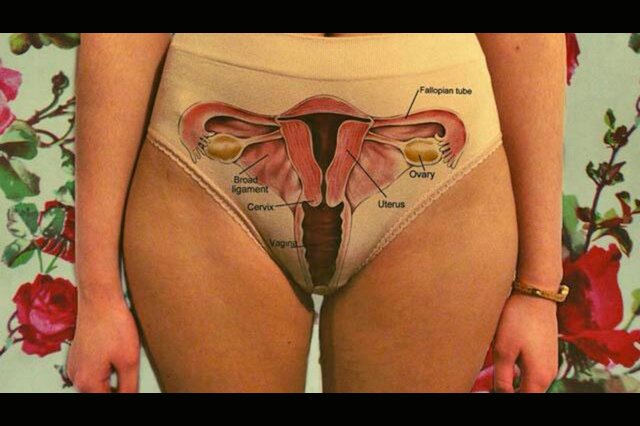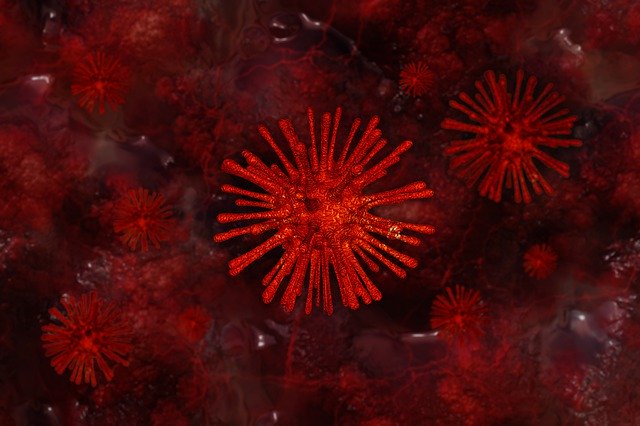“For women, the best aphrodisiac is words, the g-spot is in the ears, whoever looks further down is wasting his time.”
ISABEL ALLENDE
Since its discovery in 1960 by the German gynaecologist Ernest Gräfenberg, the existence of the G-spot has been tinged with controversy. Its existence has been as much reviled by some as it has been defended by others, who are fanatical about its usefulness.
History
Aristotle already spoke of the existence of a kind of female ejaculation, nowadays strongly related to the existence of the G-spot. Mary Jane Sherfrey, Helen Singer Kaplan, Lonnie Barbach, William H. Masters and other sex researchers were the pioneers of Gräfenberg’s discovery. Masters and Johnson observed in 1966 the existence of lubricating substances secreted by the vagina in direct proportion to the woman’s arousal.
When the muscular contractions around the vagina are sufficiently vigorous, these substances can be expelled to the outside world in what has come to be called female ejaculation.


Physiology
The conclusions of these studies were ratified by the sexologist Addiego in 1980, who completed them with the observation that in some cases the so-called ejaculation was produced by a spontaneous reflex of the production area of the vagina. To achieve this, it was necessary to stimulate the right place.
This point is located on the front side of the vagina, halfway between the pubic bone and the cervix, about three centimetres from the outside of the vagina. As early as 1960, Dr. Gräfenberg had already described this area, capable of producing an erection in its tissues very similar to that of the male glans and of secreting a whitish, odourless substance similar to that produced in the male prostate.
Although not yet proven, it seems that this substance is expelled under pressure through the urethra after being formed in the so-called periurethral glands, which are embryologically related to the male prostate, and which are located in the Gräfenberg area.
Stimulation of the G-spot
To stimulate the “G” spot, place your finger gently and rhythmically on the spot as shown in the drawing, modifying the rhythm according to the result obtained.
This type of caress requires a lot of tact as the man can speed up or slow down, increase or decrease the pressure and thus vary the degree of excitement of his partner. It is recommended that for this type of caress the hands are completely clean, the nails well cut and clean and it would not hurt to use a little cream or lubricating oil to make them softer if possible. The sensations obtained will be less intense than those of the clitoral orgasm, but will allow a faster orgasm and a greater number of repetitions that can also be combined with stimulation of the clitoris and other erogenous zones.
Stimulation of the G-spot by insertion of the penis is difficult without manual stimulation, especially in women whose vagina is distended by childbirth. Because of its position and the normal shape of the penis, the most suitable positions for intercourse, when trying to stimulate this area, are those in which the woman is on top of the man or is penetrated from behind.
You will let us know the results obtained…










